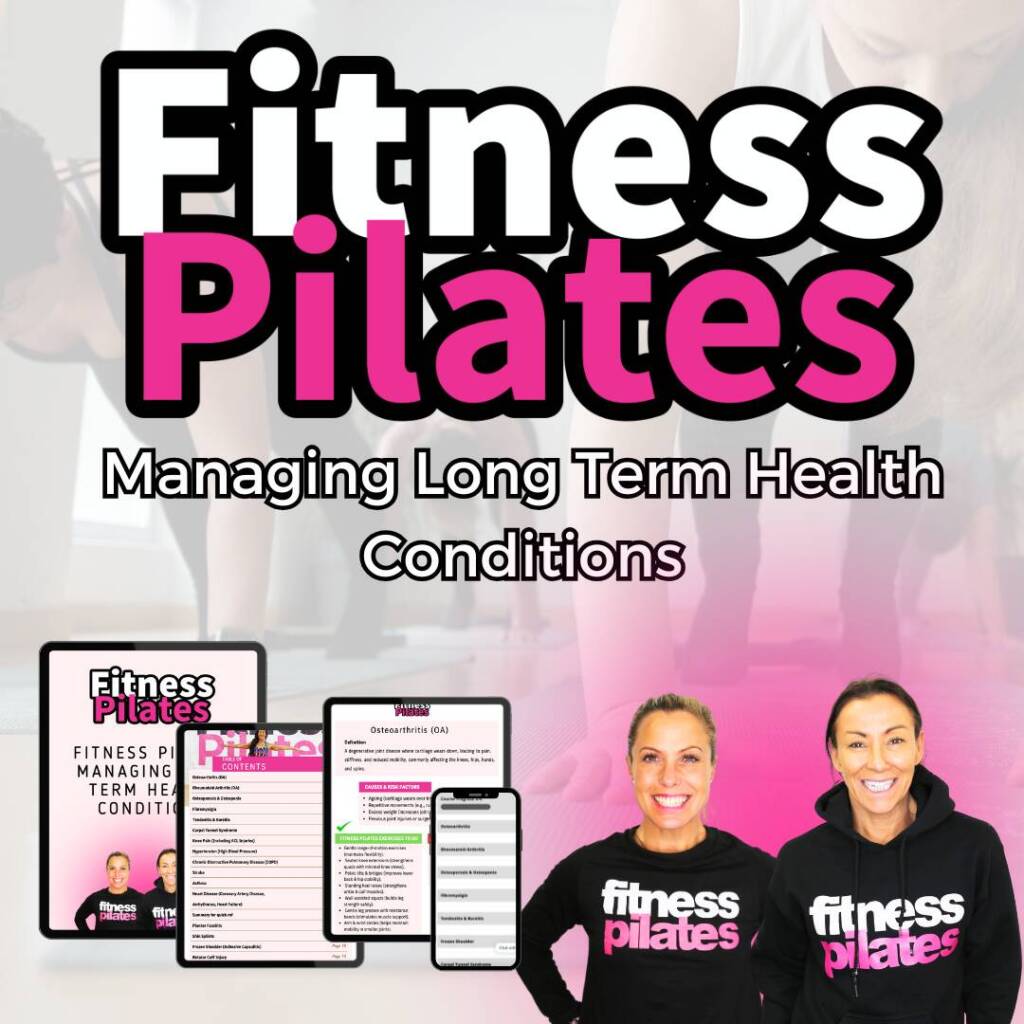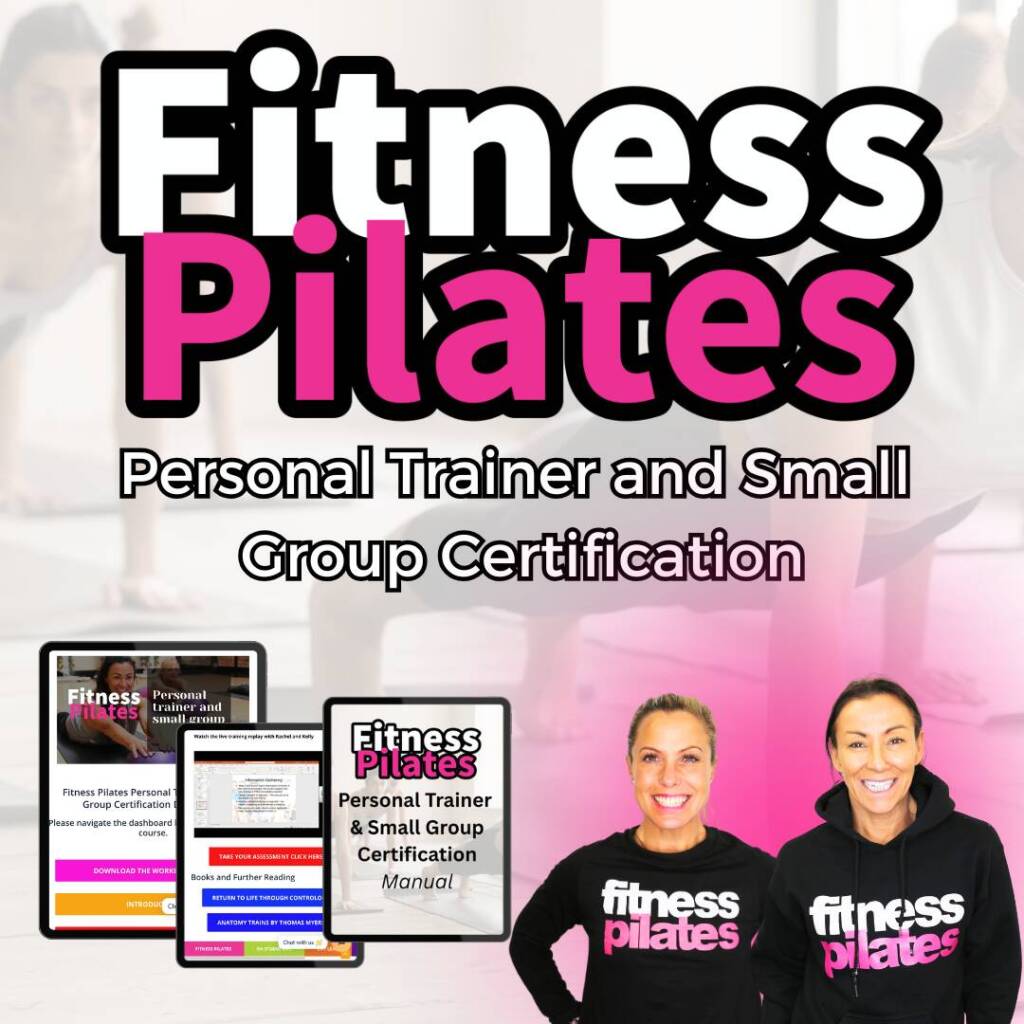
The Fitness Pilates Blog
How can i teach pilates for orthopaedic conditions?
How can i teach pilates for orthopaedic conditions?
Teaching Pilates for orthopaedic conditions requires special attention and considerations. Here are some tips on how to teach Pilates for orthopaedic conditions:
- Understand the condition: Before teaching Pilates for orthopaedic conditions, you need to understand the specific condition of your participant. This can include conditions such as arthritis, back pain, or joint replacement surgery. Understanding the condition will help you tailor your Pilates exercises to meet their needs and limitations.
- Focus on alignment: Proper alignment is essential for preventing further injury and promoting healing. Focus on proper alignment during all Pilates exercises, ensuring that your participant maintains good posture throughout the movements.
- Modify exercises: Modify exercises based on your participant’s physical abilities and limitations. For example, if someone has a knee injury, modify the exercises that require bending the knee. Offer modifications for every exercise so that everyone in your class can participate at their own level.
- Use props: Props, such as foam rollers, resistance bands, or Pilates balls, can be used to help support your participant during Pilates exercises. They can also be used to modify exercises to make them more accessible.
- Avoid exercises that aggravate the condition: Some Pilates exercises may aggravate certain orthopaedic conditions. Avoid exercises that cause pain or discomfort for your participant.
- Incorporate stretching and flexibility exercises: Stretching and flexibility exercises can help reduce stiffness and improve range of motion, which can be beneficial for many orthopaedic conditions.
- Emphasise core stability: Core stability is essential for protecting the spine and improving posture. Emphasise exercises that target the core, such as the Pilates plank or the Pilates teaser.
- Progress exercises gradually: Orthopaedic conditions can require a gradual progression of exercises to avoid re-injury. Start with gentle exercises and progress gradually, ensuring that your participant is ready to move on to more challenging exercises.
Teaching Pilates for orthopaedic conditions can be challenging, but by following these tips, you can create a safe and effective Pilates class that meets the unique needs of your participants. It’s important to work closely with your participant’s healthcare provider to ensure that you are providing appropriate exercise recommendations.
Learn more about our Fitness Pilates for orthopaedic conditions qualification here
Share this post:
Facebook
LinkedIn
X
WhatsApp
Threads
Latest Fitness Pilates Courses & Classes

Fitness Pilates Summit Saturday 20th September 2025
£147.00 Original price was: £147.00.£127.00Current price is: £127.00.


The latest Fitness Pilates blogs & news
Join the Fitness Pilates newsletter
A short description introducing your business and the services to visitors.

















